
Home
Description
Members
Publications
Results
Plenary Meetings
Work Meetings
Use Tests
Intranet (soon)
Results
The main results of LIMAH are described in the final report of the project (see Publications/Technical reports). Results presented here mostly focus on work dedicated to the news domain.- The LIMAH news exploration interface
- Pre-study: Based on the technology available or developed within LIMAH, a pre-study relying on extensive interviews with media professionals (press-agents, journalists, community managers), mockup interfaces and human-centered design methodology enabled to analyze the perceived usefulness of a number of functionalities and to select those to be integrated within the LIMAH interface. The full description of this pre-study and its results can be found here; a synthesized version was presented at the MMM 2016 international conference.
- Description of the interface: The starting point of the LIMAH interface is a full-fledged search bar using keywords (e.g. edf areva). Search classically returns a list of documents ranked by relevance, from which the user can choose an entry point for navigation. Selecting an entry point brings the user to the content visualization and navigation part of the interface, composed of 5 parts, illustrated above. In this view, the user can initially see the entry point document itself (A) and the links that departs from it. In addition to the original content, metadata and keywords are displayed (B). Links appear in one of two ways. The graph view (C) quickly shows how related documents appear on a navigable section, facilitating the comprehension of the development of a story. Users can navigate the graph: a mouseover on a node highlights the keywords in common with the entry point document; a click on a node enables viewing the content in zones A and C. To enable further exploration, a double click on a node defines the node as the new entry point and changes the graph and metadata displayed. For convenience, on the right side (D), links are also provided as a list of recommendations organized by link types. At any time, filters listed in the top right section (E) allow selecting specific sources and a new entry point can be found from the search bar.
- Evaluation: The interest of graph-based collection structuring with possibly typed links was assessed in a user study comparing 3 versions of th interface: Version 1 was limited to a search engine; Version 2 provided the graph structure with only temporal order (no link typing); Version 3 had all features. Around 30 journalists and journalism students were split in three groups, each with one version. They had 20 minutes to complete an information gathering task consisting in writing a synthesis about a particular subject. We graded the exhaustiveness of each synthesis based on manual annotation of the information available on the topic chosen (68 pieces of information). On average, versions 2 and 3 allowed users to retrieve more pieces of information. Version 3 moreover allowed to retrieve rare pieces of information, also requiring users to skim less documents than with version 2. This indicates that improved explorability thanks to typed links primarily helps users better select which articles to read. During the open discussion following the tests, users from version 3 were mostly positive about their experience with the tool, calling it “useful“, with a “good accessibility”, and an “interesting take on recommendation”. The full description of this post-study and its results can be found here; a synthesized version was presented at the NLP meets journalism@EMNLP 2017 international workshop.
- Use tests of the LIMAH interface: technical reports
- Technical report summarizing the pre-study and its results (CRPCC; March, 2016; in French)
- Technical report describing the functionalities for the LIMAH interface wished by scientists vs. professionals (CRPCC; April, 2016; in French)
- Technical report presenting the methodology and the main results of the use tests (objective usability) (CRPCC; February, 2016; in French)
- Technical report describing the methodology and the main results of the use tests (qualitative analysis of practices) (PREFics; April, 2018; in French)
- The news corpus
- A news media corpus was collected for the LIMAH project. Documents were extracted over a 3 week period (May 20–Jun 8, 2015) from a number of French newswire websites and include press articles and blogs (e.g. Le Monde, Libération, Le Figaro), videos (e.g. daily news from France 2, political news), radio podcasts (e.g. news programs from France Inter, political interviews from RMC), and social networks (e.g. Twitter). Podcasts and videos underwent speech transcription so as to enable indexing and segmentation. To deal with possibly long audio or video recordings, topic segmentation based on automatic transcripts was used, each segment being treated as a document per se. In total, the resulting collection contains 4,966 news articles, 1,556 radio segments, 290 video segments, more than 15,000 tweets, and a few thousands of Facebook pages. A description of the corpus can be found here
- Typology of links
- A novel typology of possible links between contents of a multimedia news corpus has been proposed in the scope of the project (IRISA+LINA). Presented at the TALN conference 2015, it underlies the characterization of the links in the LIMAH news exploration interface
- Benchmarks
- Multimodal hyperlinking: Multimodal hyperlinking techniques investigated in LIMAH (cross-modal topic model, multimodal embedding) have been evaluated in the framework of an international benchmark on video hyperlinking, part of TRECVid 2015, 2016, and 2017 where they proved their relevance (e.g., top results in 2016)
- Opinion Mining: Several systems for opinion chracterization based on machine learning (e.g., fine-grained categorization, aspect identification, sarcasm detection in tweets) have been developed in the scope of LIMAH (IRISA+LINA) which were evaluated within the national DeFT benchmark in 2015, 2017, and 2018, where they always ranked in the top-five posiitions
- Opinion mining software
- An implementation of the deep-learning opinion system developed within the LIMAH project, OpinEx, which gathers the various opinion-mining systems presented to the French DeFT challenges, will soon be made available as a web-service (IRISA+LINA)
- Dissemination (see also Publications)
- Oral presentation: November, 2017 - IRISA (G. Gravier): Structuring multimedia collections with links for media analytics, Inv. talk at Universidad de Chile
- Oral presentation: October 6, 2017 - IRISA (P. Sébillot): Définition informatique de la donnée numérique et perceptions des contraintes de propriété intellectuelle, Inv. talk (together with T. Allard) at Colloque Propriété intellectuelle et données dans l'environnement numérique, Rennes
- Oral presentation: April, 2017 - IRISA (G. Gravier): Structuring multimedia collections with links for media analytics, Inv. talk at Katholieke Universiteit Leuven
- CominLabs days: November 28-30, 2016 - poster of the LIMAH project
- Oral presentation: June 9, 2016 - IRISA (G. Gravier): Structuring multimedia collections with links for media analytics, Inv. talk at ACM Multimedia TPC Workshop, New York
- Computational journalism: March 15, 2016 - presentation of a poster concerning the LIMAH pre-study and its results to this workshop co-organized by Linkmedia and sponsored by the LIMAH project (50 national participants, professionals and academics)
- Ouest Médialab interview: February 24, 2016 - interview of IRISA by Julien Kostrèche (9:30 am - 10:00 am) to present the LIMAH project. Read the interview here
- MMM 2016 conference: January 4-6, 2016: presentation of the CRPCC+IRISA's paper about the pre-study at the Multimedia Modeling (leading int. conf. for researchers and industry practitioners) + presentation of the poster of the LIMAH project
- Oral presentation: November 6, 2015 - IODE (A. Blandin): Un nouveau cadre législatif pour le Marché numérique, Colloque Digital Single Market, Rennes
- Innovation fair-TALN conference 2015: June 25, 2015 - presentation of the poster of the LIMAH project (fair to present public and private research projects)
- Oral presentation: June 24, 2015 - IODE (A. Blandin): La synthèse entre droit et technique dans les projets collaboratifs pluridisciplinaires, Journée CominLabs, SHS et numérique
- CominLabs days: March 23-24, 2015 - poster of the LIMAH project

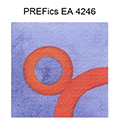 |
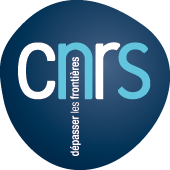 |
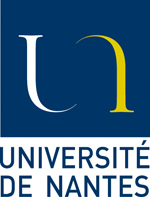 |
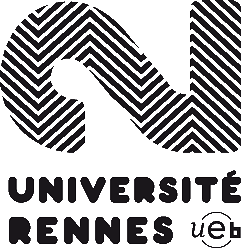 |
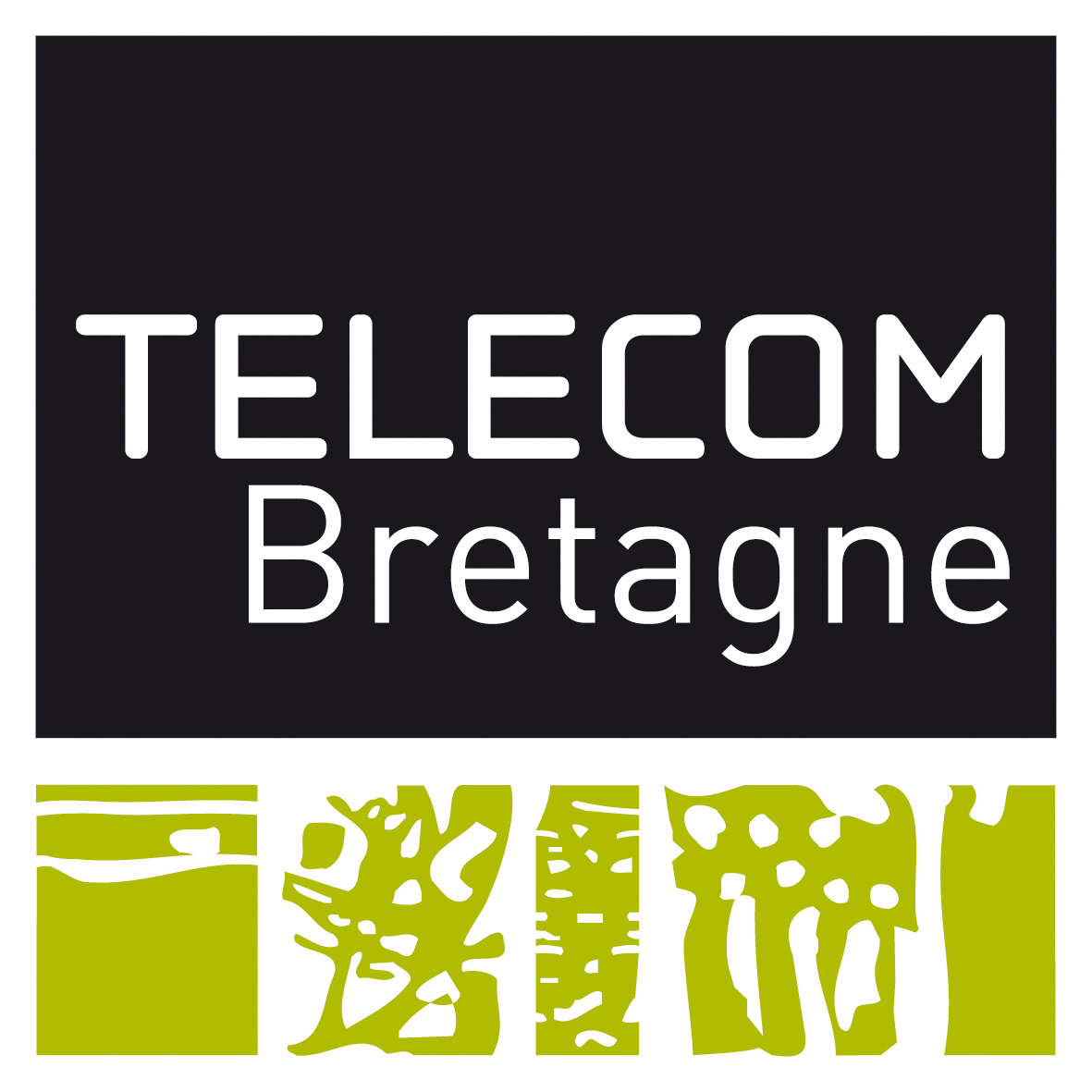 |
